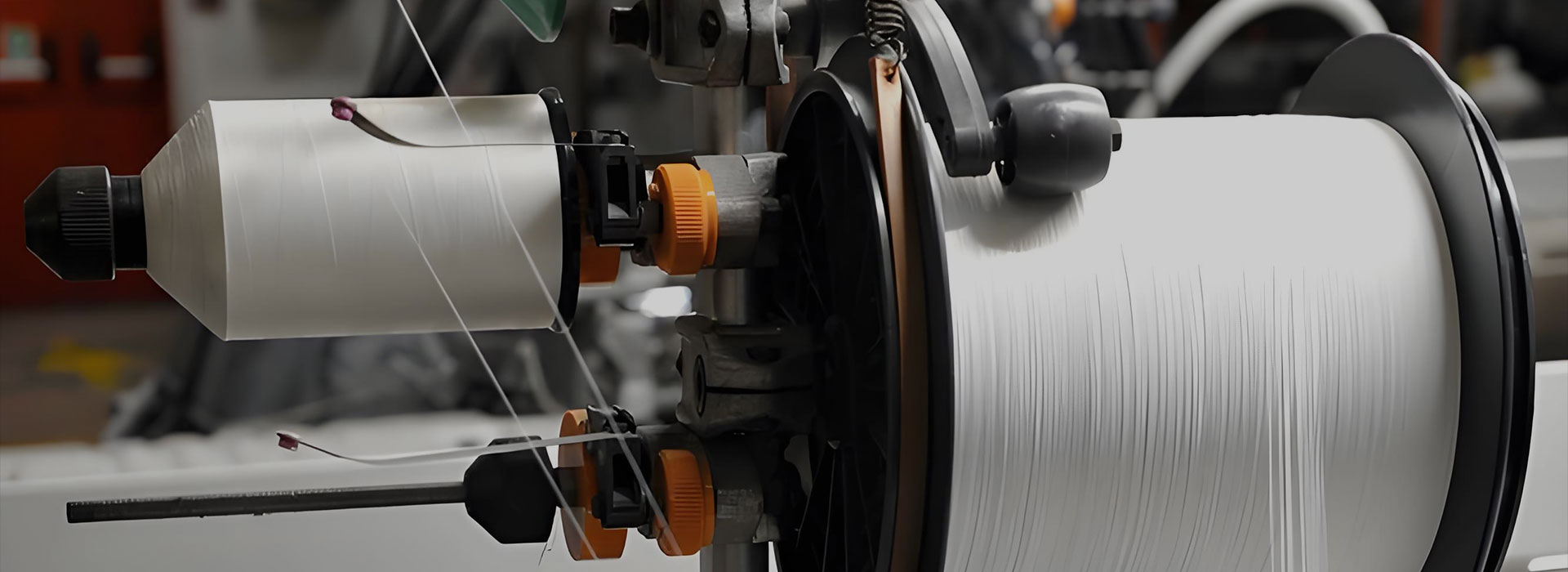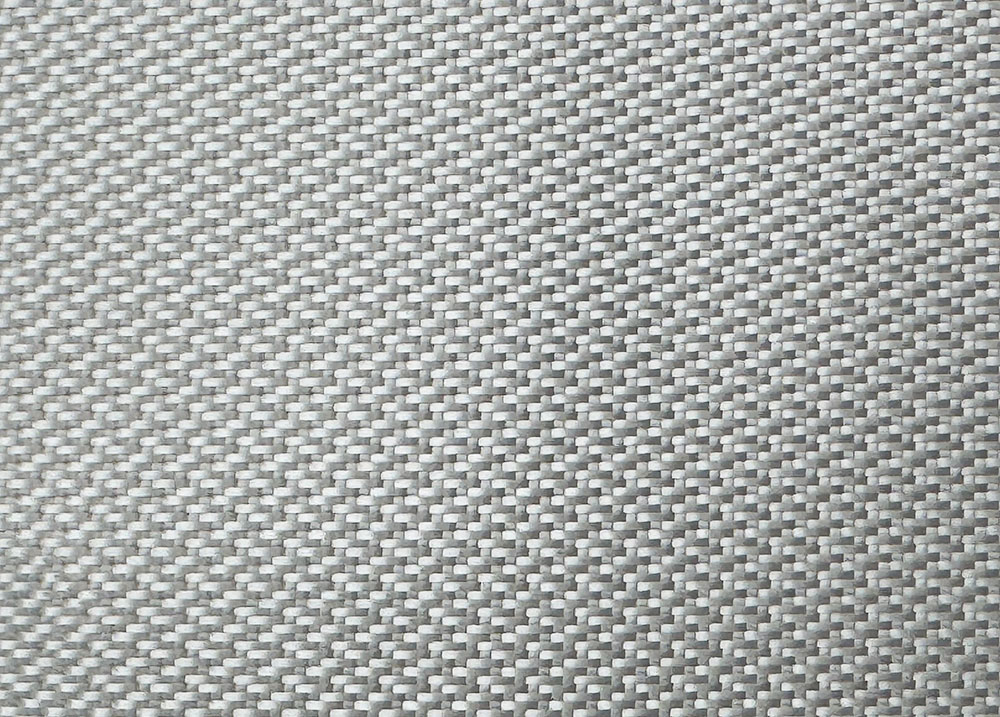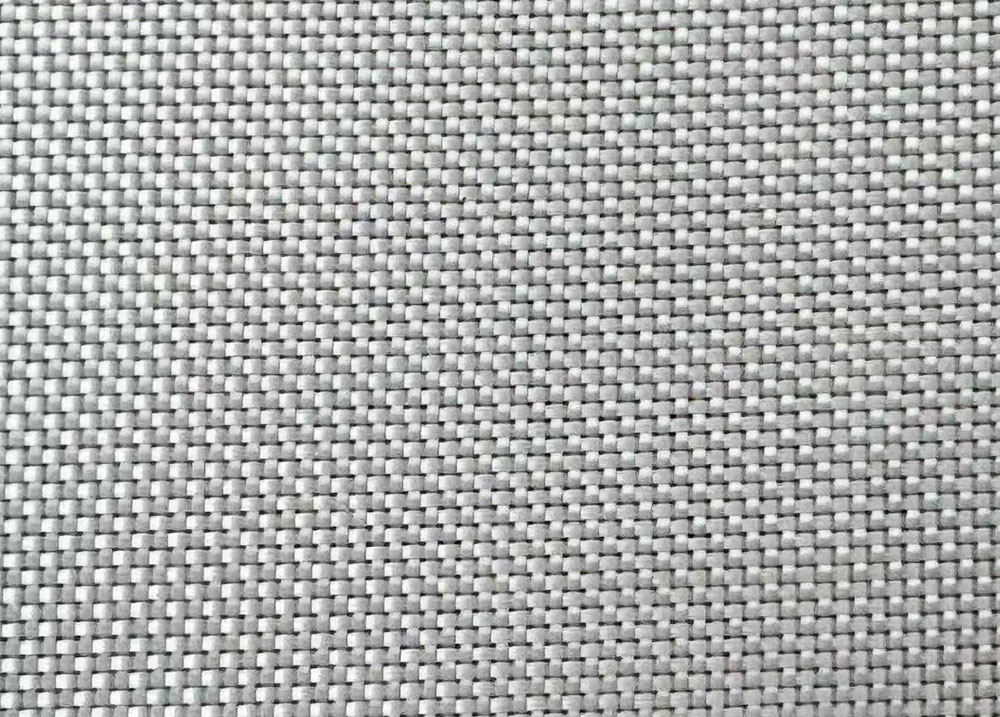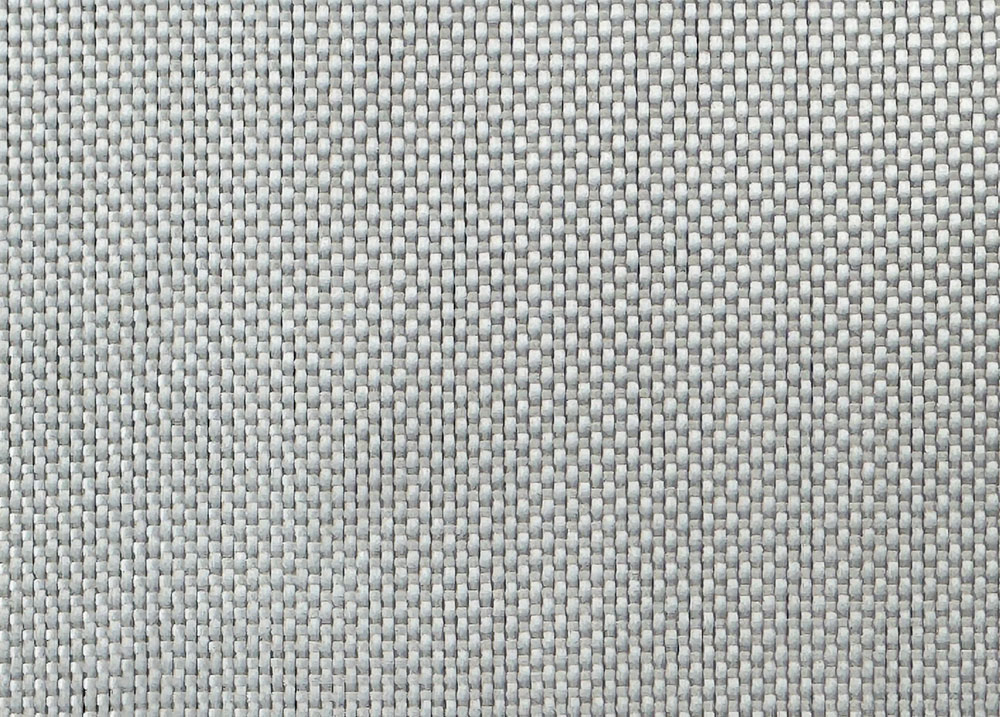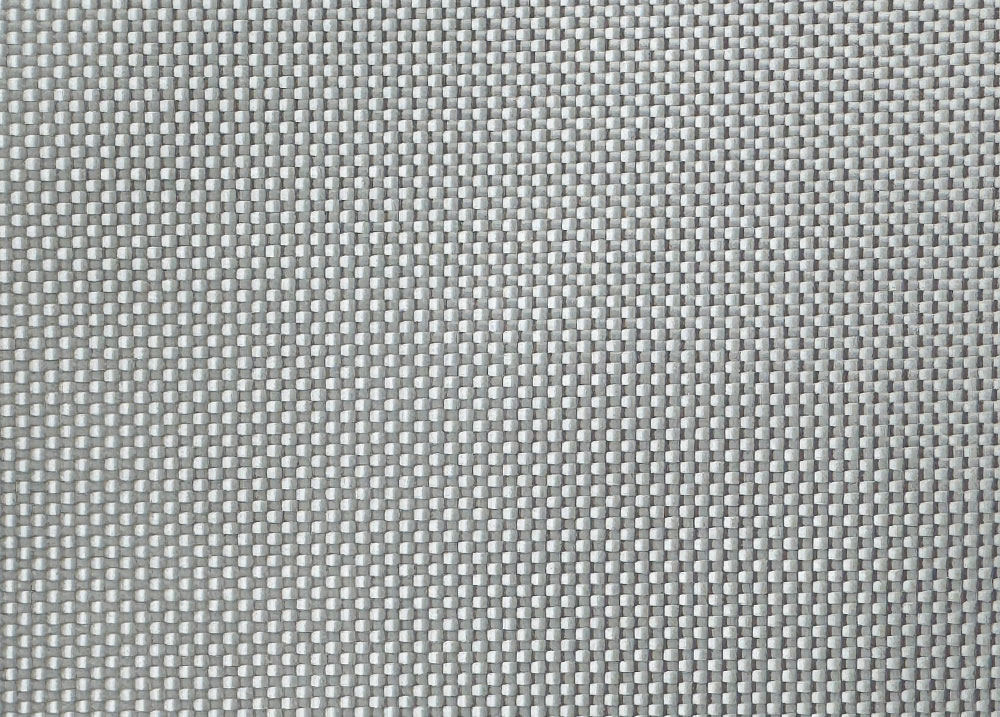C/E-Glass Fiberglass Woven Roving
· Compatible Resins: Polyester, Epoxy, Vinyl Ester
Key Features
· High tensile strength and impact resistance
· Open weave for easy and even resin impregnation
· Dimensional stability for structural applications
· Conforms well to complex shapes and contours
· Suitable for both hand lay-up and machine processing
Applications
· Marine: Hulls, decks, and load-bearing components
· Automotive: Structural reinforcements and composite panels
· Industrial: Tanks, ducts, housings, and composite molds
Difference between C-glass and E-glass
| Aspect |
C-Glass (Chemical Glass) |
E-Glass (Electrical Glass) |
| Primary Use |
Designed for chemical resistance, especially against acids and corrosive environments |
Designed for electrical insulation and structural applications |
| Composition |
Higher chemical durability; typically contains higher amounts of boron and silica, lower alkali content |
Lower alkali content; optimized for electrical insulation properties and mechanical strength |
| Corrosion Resistance |
Excellent resistance to acidic and chemical environments |
Moderate chemical resistance; less resistant than C-Glass |
| Electrical Properties |
Poor electrical insulation properties compared to E-Glass |
Excellent electrical insulating properties |
| Mechanical Strength |
Good strength, but generally lower than E-Glass |
High tensile strength and stiffness |
| Typical Applications |
Chemical tanks, pipelines, corrosion-resistant coatings |
Electronics, electrical insulation, composites like fiberglass-reinforced plastics |
| Cost |
Generally more expensive due to specialized composition |
Generally more cost-effective and widely used |
In summary, C-Glass is preferred when corrosion resistance is critical, especially in harsh chemical environments. E-Glass is the standard glass fiber for most structural and electrical insulation applications due to its high strength and good dielectric properties.


